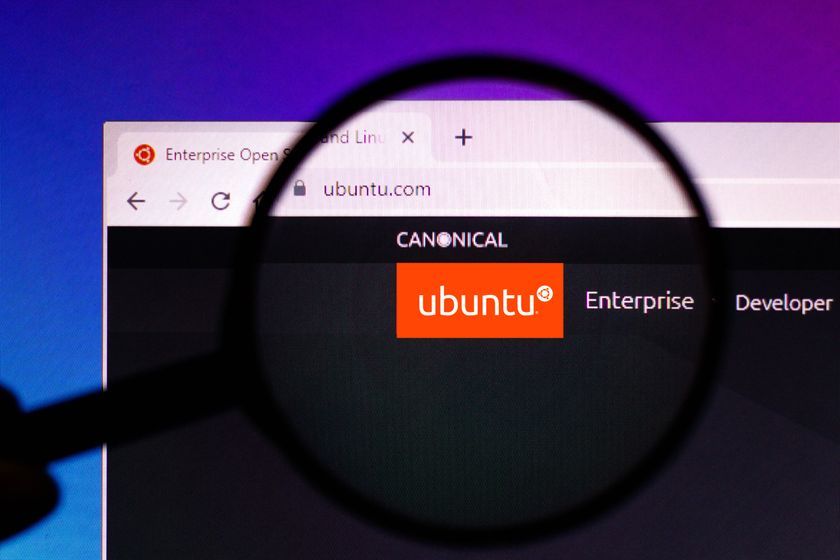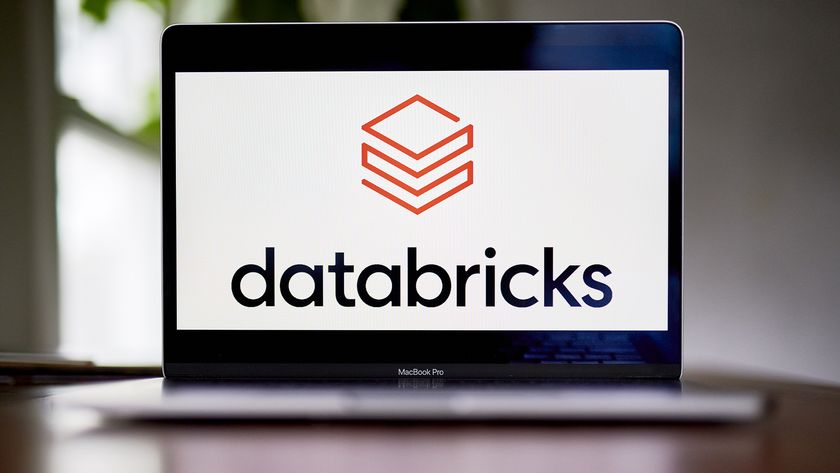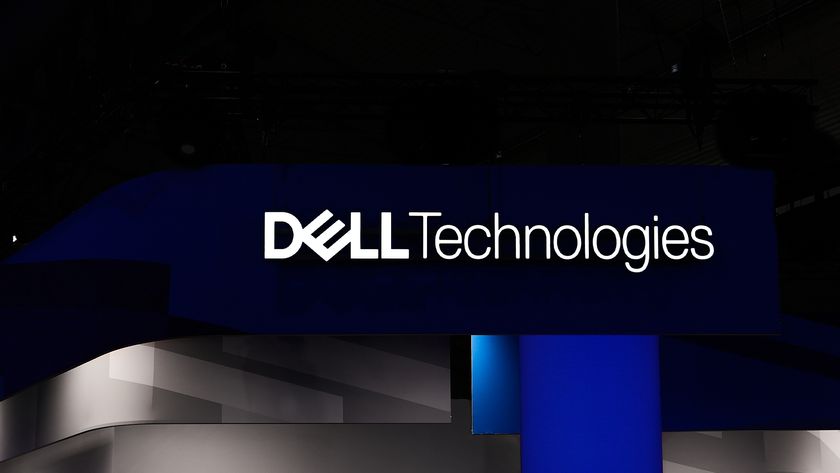Enterprise Blade Servers
Using blade servers can help you improve both data centre resource utilisation and effectiveness, and IT PRO has exclusively reviewed and tested four of the latest blade server products.
IBM has always had a very strong presence in the blade server market since its onset and now offers the largest choice of chassis with three different models available. The BladeCenter H on review is the very latest to join the family and is aimed at a wide variety of functions including running mission critical applications.
Slightly smaller than HP's c-Class, the BladeCenter H chassis comes in at 9U high and has fourteen full height blade expansion slots. A key feature of this chassis is internal design as the chassis uses a mid-plane which is physically split in two with regard to both power and networks connections. The server blades have two, separate connectors which mate with both halves of the mid-plane and this arrangement allows the chassis to provide power and network redundancy to each individual blade.
When two switch modules are installed, the Gigabit Ethernet ports on each blade are routed to each one. One feature that makes IBM's blade server offerings stand out as unique is they are all designed to be backward compatible with all previous chassis. This allows blades from older systems to be used in newer chassis but, more importantly, also allows older blades to be replaced with newer high performance modules.
At the rear, the centre of the chassis is taken up by two enormous blower fans. With a totally populated chassis the maximum power draw on the chassis is in the region of 3.6KW so cooling needs to be good. If one blower module fails the other goes into a turbo mode to ensure cooling isn't reduced and is capable of shifting some serious volumes of air. IBM advised us that the cooling system on the BladeCenter H is actually over specified to the point where it can handle a total power draw of 8KVa.
Expansion slots are arranged on each side of the fan bays. The outer slots accept a wide variety of networking modules and the upper and lower ones mate with different parts of the mid-plane. The chassis accepts up to two management modules which provide a local monitor and two USB ports for connecting a keyboard and screen.
This arrangement provides local KVM facilities but the Fast Ethernet port on each module also delivers KVM over IP so the chassis and blades can be remotely managed simply by pointing a web browser at the management module's IP address. There are plenty of network connection options with Gigabit Ethernet modules developed by Cisco and Nortel, a choice of Brocade, McDATA or QLogic 2Gbps and 4Gbps FC SAN blades and copper pass-through blades. Two bays at the top and bottom of chassis accept a new module which has been co-developed between IBM and Cisco. These are unique to the H chassis and provide high-speed Infiniband connections and 10GbE to those blades that have the appropriate mezzanine card installed.
The management modules provide direct browser access to the chassis with the home page offering a general overview of the chassis and installed blades. It's not as sophisticated as HP's c-Class chassis interface but it provides equally good levels of information and access. You can keep an eye on event logs and environmental values while a fuel gauge tells you all about power consumption, the total available and whatever is left in reserve. It provides full access to each blade and allows you to remotely control them, cycle power and update firmware.
Get the ITPro. daily newsletter
Sign up today and you will receive a free copy of our Focus Report 2025 - the leading guidance on AI, cybersecurity and other IT challenges as per 700+ senior executives
Configuration options are as good and we liked the feature that allows blade boot sequences to be changed on the fly without requiring a reboot. The switch modules all have their own web management interface and controls can be implemented to ensure that only specific users can access them.
Director is the foundation of IBM's server management portfolio and is the standard tool for managing IBM servers, workstations, laptops and, of course, its blade servers. Even without agents installed, Director will pick up the blade server chassis and discover all the installed components including switch modules. However, the agent provides benefits such as enhanced inventory details plus support for remote software distribution and firmware upgrades. A range of tasks including inventory, blade management and hardware status are displayed in the right hand panel and can be activated by dragging and dropping them onto the relevant system displayed in the centre pane.
Operating system distribution is handled by the Remote Deployment Manager (RDM) package which is IBM's standard tool for all its servers, desktops and laptops. However, it does also resell Altiris' deployment software as an option. RDM is a plug in to Director and provides all the OS deployment facilities. Systems can be booted using PXE and RDM uses profiles to store global settings for each OS. It can use either Symantec .PQI disk image files or its own CloneIt files to install an OS on target systems. Linux, Windows and VMware ESX deployments are all supported and you can schedule deployments of your chosen OS to multiple blades.
IBM's Power Executive plug-in is available as a free download and provides real time power monitoring of entire BladeCenter chassis and individual blades and each pair of power supplies can be placed within separate power domains. The current version only supports real time monitoring but new firmware upgrades in the future will provide power capping which allows CPU clock speeds to be modified to reduce power consumption.
As a governing member of Blade.org, IBM has embraced an open design which allows different manufacturers to create modules and switches for the BladeCenter. Its server blade offerings are equally impressive as it has versions that support Intel's Xeon DP, Series 5000, 5100 and Xeon LV processors. Blades are available with AMD single and dual-core Opterons and IBM uniquely supports PowerPC as well. It even offers cell processor blades from Mercury Computer Systems which are designed for applications such as data mining.
The blades themselves are very well built and the LS21 dual socket models can be upgraded to four processor sockets by removing lid and fitting a second blade on top. All have IBM's light path diagnostics onboard and a capacitor allows the blade to be removed with the lights still activated so you can see what the fault is. Optional blade storage expansion modules are also available which offer up to three hot-swap 2.5in. SAS drives allowing RAID-5 to be extended to each blade at the cost of an extra blade slot.
A key feature of the BladeCenter H that makes it stand out is choice as IBM offers four vendors for processors, two different deployment tools, Cisco, Nortel and IBM Ethernet switches plus three SAN switch vendors. Build quality and expansion are exemplary and although its Director management software is starting to look long in the tooth it does provide some sophisticated power controls. The company is also currently promoting its backward compatibility capabilities with some tempting incentives.
Verdict
A superbly built and well specified blade server with plenty of expansion options plus a massive choice of blade processors and connectivity options. Its Director software could do with a refresh but it does deliver good access to the blades along with quality power management tools
Chassis: 9U rack enclosure; 14 server blade slots; up to four hot-swap 2900W power supplies (two as standard); two blower fans; up to two advanced management modules (one as standard) with 10/100BaseTX and KVM port; ten interconnect slots; media tray with DVD-ROM, 2 x USB 2.0 and light path diagnostics - from £3,568 (exc. VAT) Interconnect modules: Server Connectivity Module; £770 (exc. VAT) QLogic(R) 10-Port 4Gbps FC Switch Module - £5,815 (exc. VAT) Server Blades: HS20 - Xeon 2.8GHz; 1GB 400MHz SDRAM; E7520 chipset; 2 x Ultra320 hot-swap hard disk bays (no disks); LSI Logic Ultra320 chipset with RAID1 and 1E; 2 x Gigabit Ethernet - £1,112 (exc. VAT) HS21 - Xeon 5110 1.60GHz; 1GB 667MHz FB-DIMM; Intel 5000P chipset; 2 x hot-swap SAS hard disk bays (no disks); LSI Logic SAS chipset with RAID0 and 1; 2 x Gigabit Ethernet - £1,472 (exc. VAT) LS20 - AMD Opteron 250 2.4GHz; 1GB 266MHz SDRAM; AMD 8131/8111 chipset; 2 x Ultra320 non hot-swap hard disk bays (no disks); LSI Logic Ultra320 chipset with RAID1; 2 x Gigabit Ethernet - £1,584 JS21 - 2 x PowerPC 970 2.7GHz, 1GB 533MHz SDRAM; IBM U4 chipset; 2 x SAS non hot-swap hard disk bays (no disks); IBM SAS controller with RAID0 and 1; 2 x Gigabit Ethernet - £1,897 (exc. VAT)
Dave is an IT consultant and freelance journalist specialising in hands-on reviews of computer networking products covering all market sectors from small businesses to enterprises. Founder of Binary Testing Ltd – the UK’s premier independent network testing laboratory - Dave has over 45 years of experience in the IT industry.
Dave has produced many thousands of in-depth business networking product reviews from his lab which have been reproduced globally. Writing for ITPro and its sister title, PC Pro, he covers all areas of business IT infrastructure, including servers, storage, network security, data protection, cloud, infrastructure and services.
















